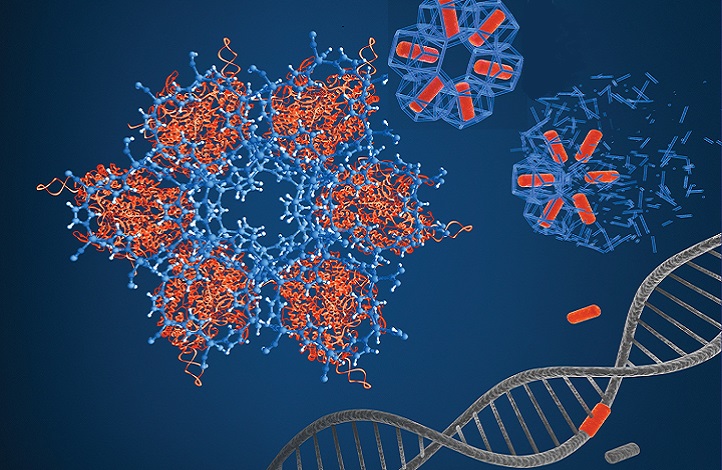Weirdly and even though most of this paper’s authors are from the University of British Columbia (UBC; Canada), only one press release was issued and that was by the lead author’s (Gesa Busch) home institution, the University of Göttingen (Germany).
I’m glad Busch, the other authors, and the work are getting some attention (if not as much as I think they should).
From a July 9, 2021 University of Göttingen press release (also on EurekAlert but published on July 12, 2021),
A research team from the University of Göttingen and the University of British Columbia (Canada) has investigated how people in five different countries react to various usages of genome editing in agriculture. The researchers looked at which uses are accepted and how the risks and benefits of the new breeding technologies are rated by people. The results show only minor differences between the countries studied – Germany, Italy, Canada, Austria and the USA. In all countries, making changes to the genome is more likely to be deemed acceptable when used in crops rather than in livestock. The study was published in Agriculture and Human Values.
Relatively new breeding technologies, such as CRISPR [clustered regularly interspaced short palindromic repeats) gene editing, have enabled a range of new opportunities for plant and animal breeding. In the EU, the technology falls under genetic engineering legislation and is therefore subject to rigorous restrictions. However, the use of gene technologies remains controversial. Between June and November 2019, the research team collected views on this topic via online surveys from around 3,700 people from five countries. Five different applications of gene editing were evaluated: three relate to disease resistance in people, plants, or animals; and two relate to achieving either better quality of produce or a larger quantity of product from cattle.
“We were able to observe that the purpose of the gene modification plays a major role in how it is rated,” says first author Dr Gesa Busch from the University of Göttingen. “If the technology is used to make animals resistant to disease, approval is greater than if the technology is used to increase the output from animals.” Overall, however, the respondents reacted very differently to the uses of the new breeding methods. Four different groups can be identified: strong supporters, supporters, neutrals, and opponents of the technology. The opponents (24 per cent) identify high risks and calls for a ban of the technology, regardless of possible benefits. The strong supporters (21 per cent) see few risks and many advantages. The supporters (26 per cent) see many advantages but also risks. Whereas those who were neutral (29 per cent) show no strong opinion on the subject.
This study was made possible through funding from the Free University of Bozen-Bolzano and Genome BC.
Here’s a link to and a citation for the paper,
Citizen views on genome editing: effects of species and purpose by Gesa Busch, Erin Ryan, Marina A. G. von Keyserlingk & Daniel M. Weary. Agriculture and Human Values (2021) Published: DOI: https://doi.org/10.1007/s10460-021-10235-9
This paper is open access.
Methodology
I have one quick comment about the methodology. It can be difficult to get a sample that breaks down along demographic lines that is close to or identical to national statistics. That said, it was striking to me that every country was under represented in the ’60 years+ ‘ category. In Canada, it was by 10 percentage points (roughly). For other countries the point spread was significantly wider. In Italy, it was a 30 percentage point spread (roughly).
I found the data in the Supplementary Materials yesterday (July 13, 2021). When I looked this morning, that information was no longer there but you will find what appears to be the questionnaire. I wonder if this removal is temporary or permanent and, if permanent, I wonder why it was removed.
Participants for the Canadian portion of the survey were supplied by Dynata, a US-based market research company. Here’s the company’s Wikipedia entry and its website.
Information about how participants were recruited was also missing this morning (July 14, 2021).
Genome British Columbia (Genome BC)
I was a little surprised when I couldn’t find any information about the program or the project on the Genome BC website as the organization is listed as a funder.
There is a ‘Genomics and Society’ tab (seems promising, eh?) on the homepage where you can find the answer to this question: What is GE³LS Research?,
GE3LS research is interdisciplinary, conducted by researchers across many disciplines within social science and humanities, including economics, environment, law, business, communications, and public policy.
There’s also a GE3LS Research in BC page titled Project Search; I had no luck there either.
It all seems a bit mysterious to me and, just in case anything else disappears off the web, here’s a July 13, 2021 news item about the research on phys.org as backup to what I have here.
